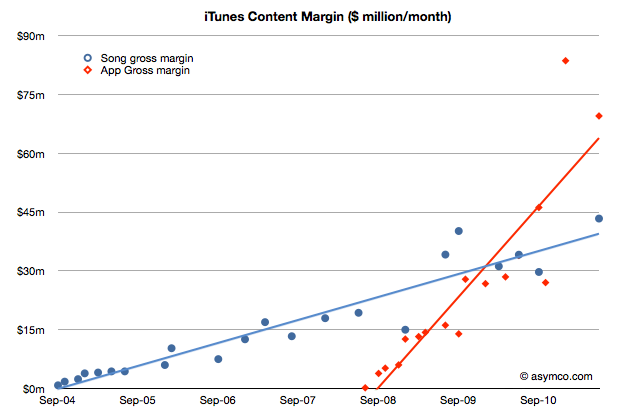Via Outside Innovation
-----
Over
the past few months, there have been a number of notable service
quality incidents and security breaches of online services,
including Sony’s PlayStation network, Amazon’s cloud service,
Dropbox’s storage in the cloud, and countless others. The bar talk
around “cloud” computing and online services would have you think
that businesses and consumers are shying away from using hosted
services, using Software as a Service (SaaS) applications, from
storing their data “in the cloud,” or from migrating some or all of
their computing infrastructure to virtual machines hosted by
cloud service providers. However, there’s actually an uptick in the
uptake of cloud computing in all of its various incarnations.
We (consumers and businesses) are using “cloud” services for all of the following kinds of activities:
1. Accessing and downloading media.
2. Accessing and downloading mobile apps.
3. Accessing and running business applications (CRM, hiring, ecommerce, logistics, provisioning, etc.).
4.
Collaborating with colleagues, clients, and customers (project
management, online communities, email, meeting scheduling).
5. Analyzing large amounts of data.
6. Storing large amounts of data (much of it unstructured, like video, images, text files, etc.).
7. Developing and testing new applications and online services.
8. Running distributed applications that need high performance around
the globe. (All of the social media apps we use are essentially
“cloud” applications—they run on virtual machines hosted in mostly
3rd-party data centers all over the world.)
9.
Scaling our operations to handle seasonal and other peaking
requirements—where we can take advantage of buying computing
capabilities by the hour, rather than pre-paying for capacity we
rarely need.
10. Back
up and Disaster Recovery—keeping copies of our systems and
data in remote locations, ready to run if a natural disaster impacts
our normal operations.
In short,
“cloud computing” in all of its instantiations—Software as a
Service, Platform as a Service, Infrastructure as a Service, Cloud
Storage, Cloud Computing, etc.—is here to stay. Taking advantage of
the cloud (virtual computers running software in data centers
distributed around the globe) is the most scalable and the most
cost-effective way to provide computing resources and
services to anyone who has reliable access to high bandwidth
networking via the Internet.
What About Security and Back Up?
Most of us now realize that we’re responsible for the security and
integrity of our information no matter where it sits on the planet.
And we are better off if we have more than one copy of anything
that’s really important.
SaaS and
cloud providers have had a lot of experience helping IT organizations
migrate some or all of their computing and/or storage to the
cloud. And most of them report that most IT organizations’ data
security practices leave quite a bit to be desired before they
migrate to the cloud. Their customers’ data security and
integrity typically improves dramatically as a result of
re-thinking their requirements and implementing better policies
and practices as they migrated some or all of their computing.
(Just because data is in your own physical data center doesn’t mean
it’s safe!)
It’s Time to Run Around in Front of the Cloud Parade
We’re now committed to living in the mobile Internet era. We treasure
our mobility and our unfettered access to information,
applications, media, and services. Cloud computing, in all its
forms, is here to stay. Small businesses and innovative service
providers have embraced cloud computing and services wholeheartedly
and are already reaping the benefits of “pay as you consume” for
software and computing and storage services. Medium-sized
businesses are the next to embrace cloud computing, because they
typically don’t have the inertia and overhead that comes with a
huge centralized IT organization. Large enterprises’ IT
organizations are the last to officially accept cloud computing as a
safe and compliant alternative for corporate IT. Yet many
departments in those same large enterprise organizations have been
the early adopters of cloud computing for the development and
testing of new software products and for the departmental (or even
corporate) adoption of SaaS for many of their companies’ most
critical applications.



